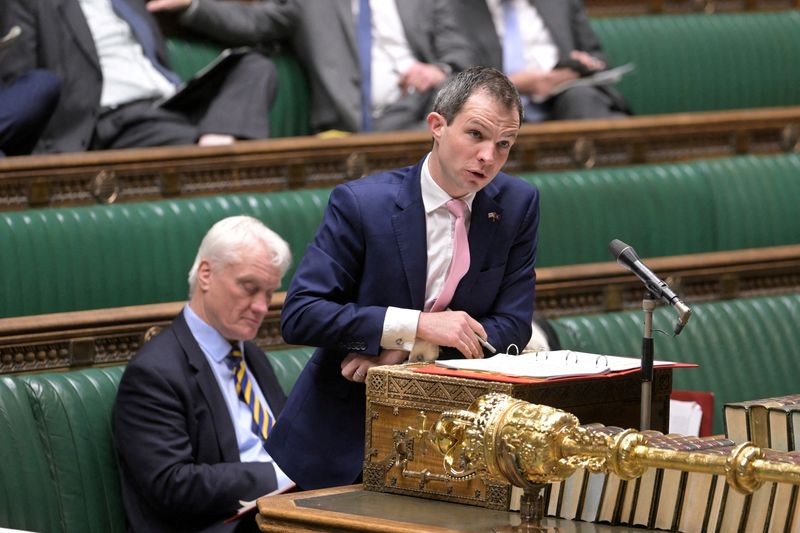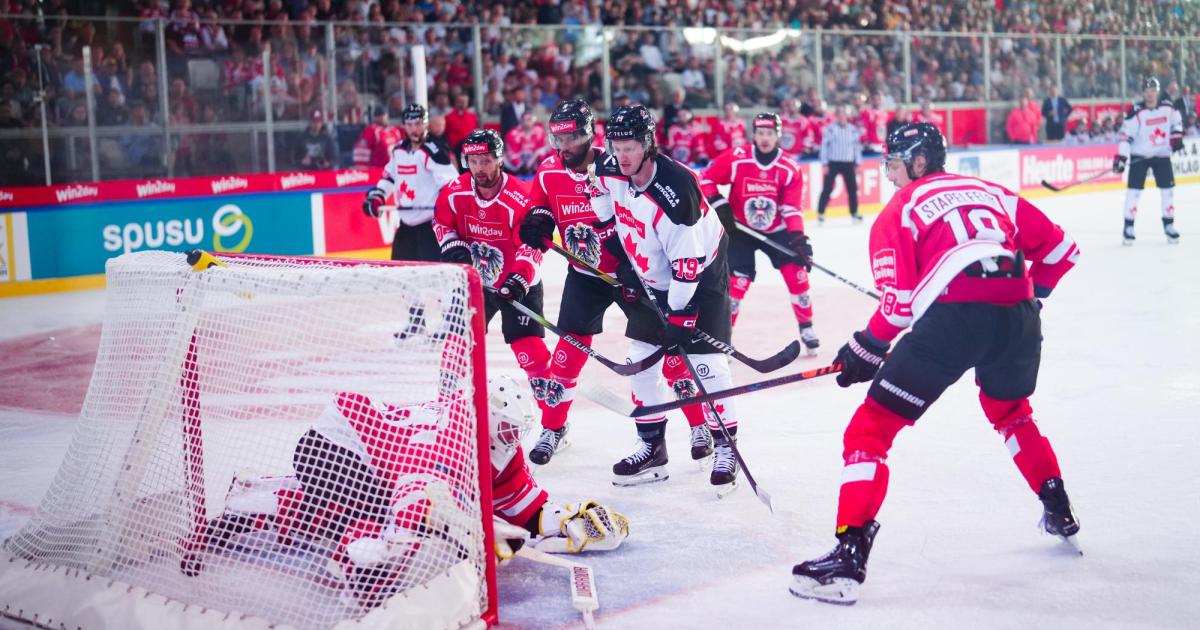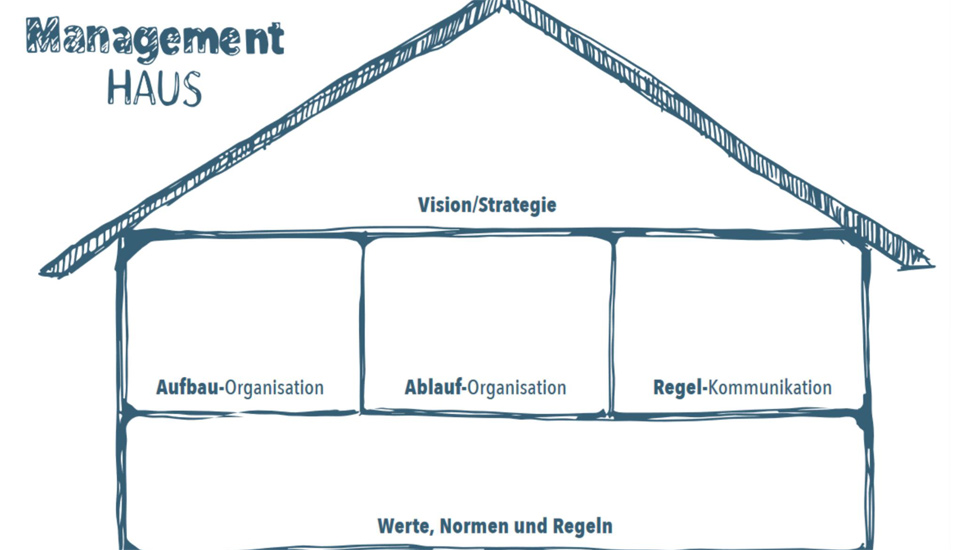Construction regulation
The second room revolves around the reasonable division of responsibilities in the research team, thus reducing the burden on managing joint tasks. The following key questions are used to create clarity regarding role expectations and through communication, implicit expectations become clear and therefore transparent: Does everyone in the group know their (associated) roles and responsibilities (in the research project and beyond) and also the limits of your own responsibility? Does everyone know the responsibilities of other group members?
“It is important that there is a fair distribution of higher-level group tasks among all employees.”
Clarification makes delegation easier and allows employees to be addressed if tasks are not completed according to expectations or are not accomplished. At the same time, it reduces the workload if the organizational tasks of the work group are distributed among all employees and do not “get stuck” with management. It is important that there is a fair distribution of higher-level team tasks across all employees and that the allocation within the team is transparent. For example, a closed meeting or team retreat could be used for such a task.
Organizing the process
The room titled “Organizing Processes” is concerned with simplifying repetitive tasks within the team. Any form of standardization, for example regarding curriculum planning or training of new staff, helps buy time in the medium term, despite initial development efforts. The key question here is: Where is standardization worthwhile in my field (e.g. checklists, process descriptions, filing systems, fixes of the day)? The creation and maintenance of such systems can be delegated to a team and “caregivers”, i.e. primarily administrators, can be assigned to each of them. IT tools can also be used to support this. For systems to be successful, it is important that the manager adhere to them as well. Maintains, uses, and refers to process agreements when the work group has questions.
“Distinguishing between different meeting formats, shortening meetings, and inviting only those people specifically necessary for a topic can save time.”
Regular communication
The field of Regular Communication is all about simple and effective communication. Distinguishing between different meeting formats, shortening meetings, and inviting only those people specifically necessary for a topic can save time. The following key questions can support reflection: Who should discuss what, with whom and how often? Who doesn't need him at any meetings? Where do we hold too many or too few meetings? Do our meeting formats align with the meeting objectives? It is a good idea to separate content-related meetings from organizational meetings, hold organizational meetings shorter and more often, and record and track task distribution in writing. Additional meetings for content-driven topics, such as journal clubs or seminars, also create spaces for reflection that allow for a “climate of inspiration” driven by mutual appreciation.
Values, norms and rules
In the management house entrance area shown, values, norms and rules create clear framework conditions that apply to everyone and thus shape the culture of the work group. It's about explicitly accepting your leadership role as a leader, which means, on the one hand, being aware of how you envision collaboration in the work group and, on the other hand, making this transparent through the group rules. This can refer to more trivial things such as meeting shared team deadlines or to more basic topics such as understanding successful scientific exchange within the group.
Two main questions support the reflection: What values, rules and norms are important to me as a leader in (collaborative) work? Do employees know that these values, rules and norms are very important to me? It is important that there are not too many specific rules, that the chosen rules are clearly understood, and that they are written, explained and available to everyone. Just as Rome was not built in a day, developing and establishing administrative structures takes time.
“In our experience, it takes approximately one to two years to establish or restructure your management area with approximately eight to ten employees.”
A good home takes time
Like any other house, a management house must be built step by step. It is a living document that can be discussed, renewed and expanded upon at team events. Once you've properly moved in and become familiar with the rooms, they can be further furnished for different occasions throughout the year, for example on team day, onboarding of new staff and the like. In our experience, it takes approximately one to two years to set up or restructure your management area of about eight to ten employees. Explicit expectations, written role descriptions, and transparent communication structures including feedback loops reduce time-consuming explanations and conflicts preceded by half-knowledge, radio communications, and guesswork. This can also create scope for your own research.
The management house is of course not a “magic bullet” to solve all the challenges faced in managing a scientific working group, such as structural problems due to the fixed-term nature of employment contracts. However, if you equip the home with foresight, you create emotional safety in the work group as an important prerequisite for creativity and reliability. Perhaps the most important thing: as a manager, you do not have to constantly explain everything again, but you can delegate responsibilities and refer to existing, written agreements.

“Alcohol buff. Troublemaker. Introvert. Student. Social media lover. Web ninja. Bacon fan. Reader.”







More Stories
Dwarf Dragon – Spectrum Science
Zelinger defends cooperation with China
Science – a research initiative that brings millions to the University of Mainz – Education